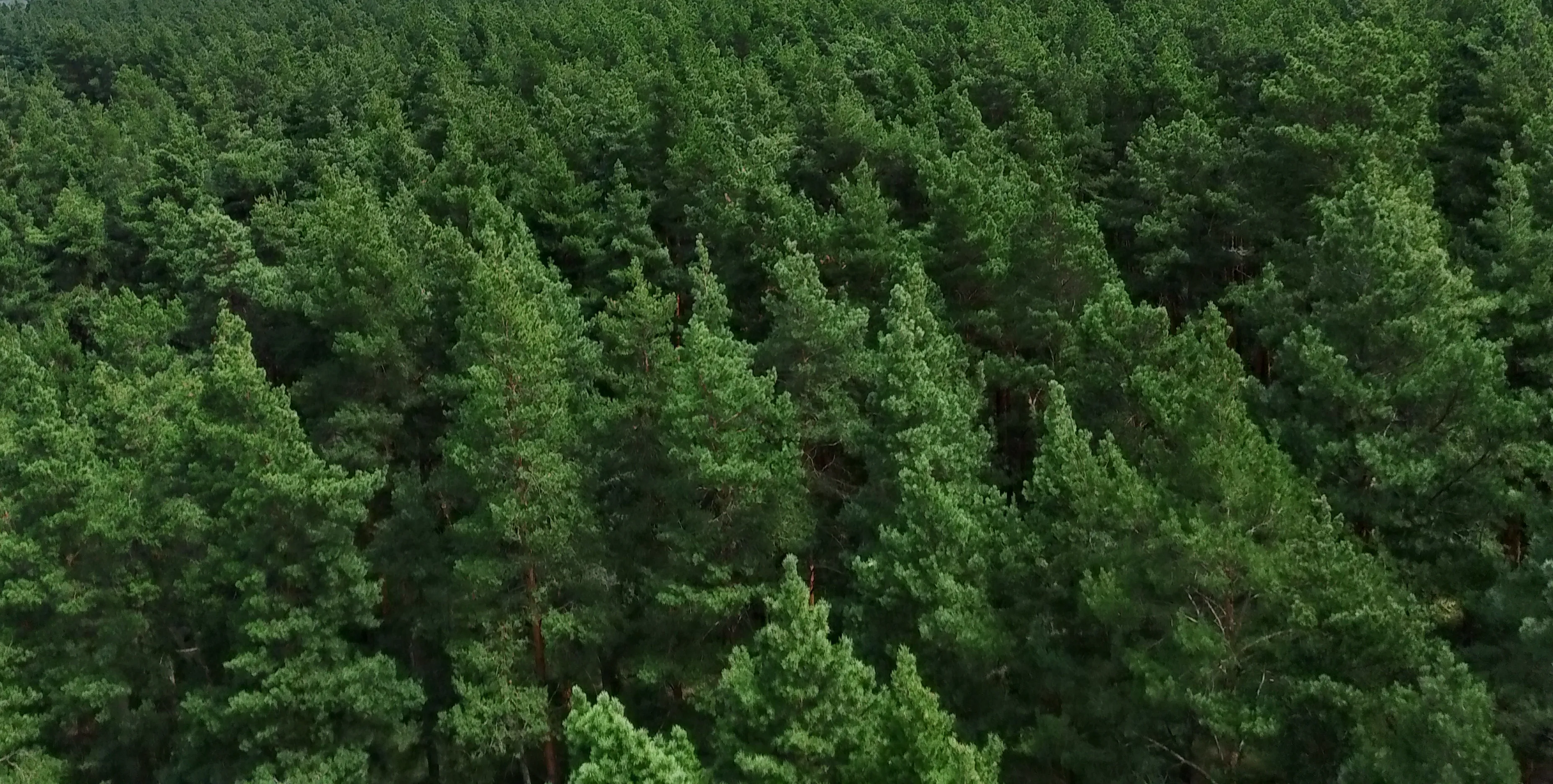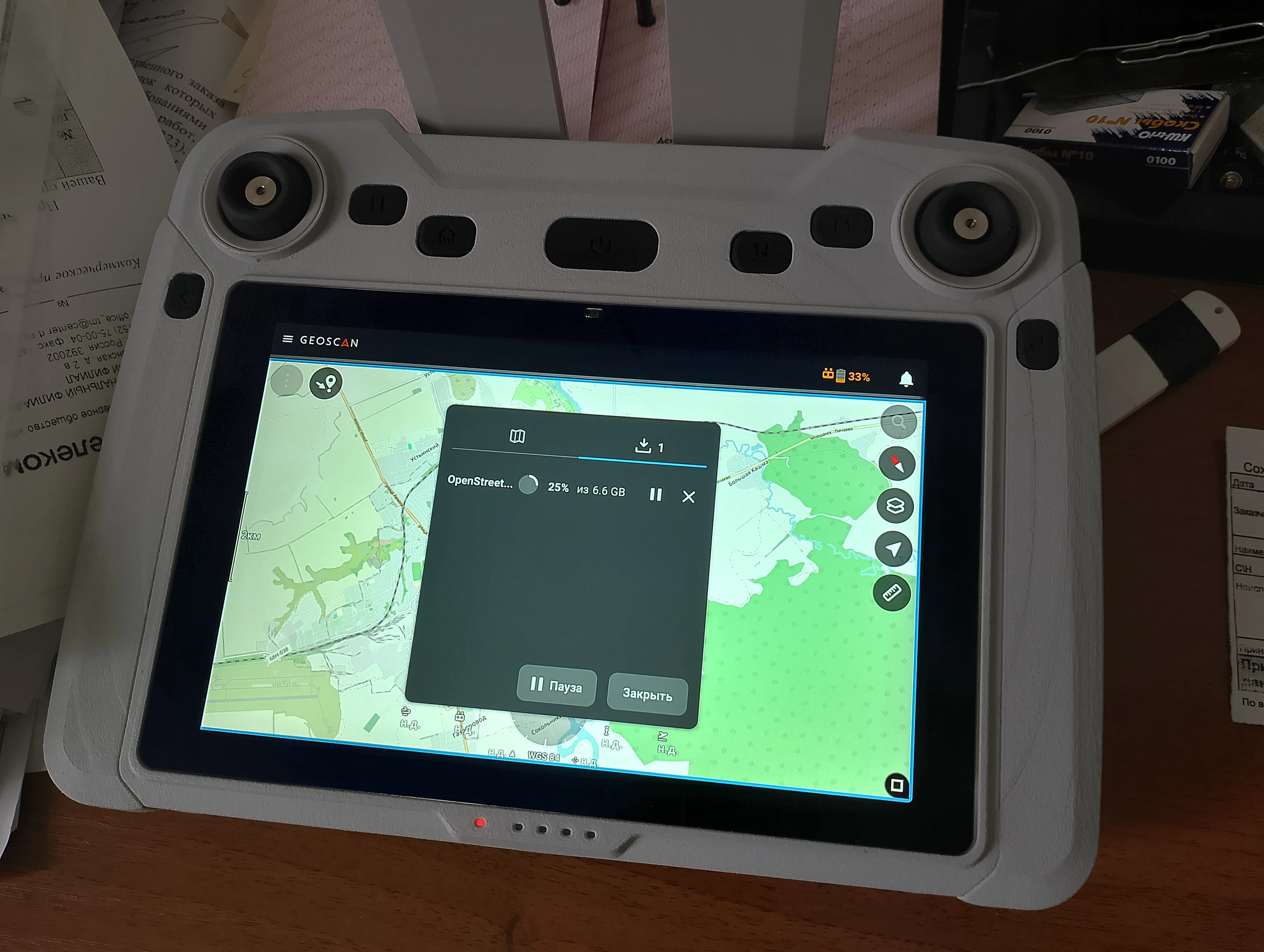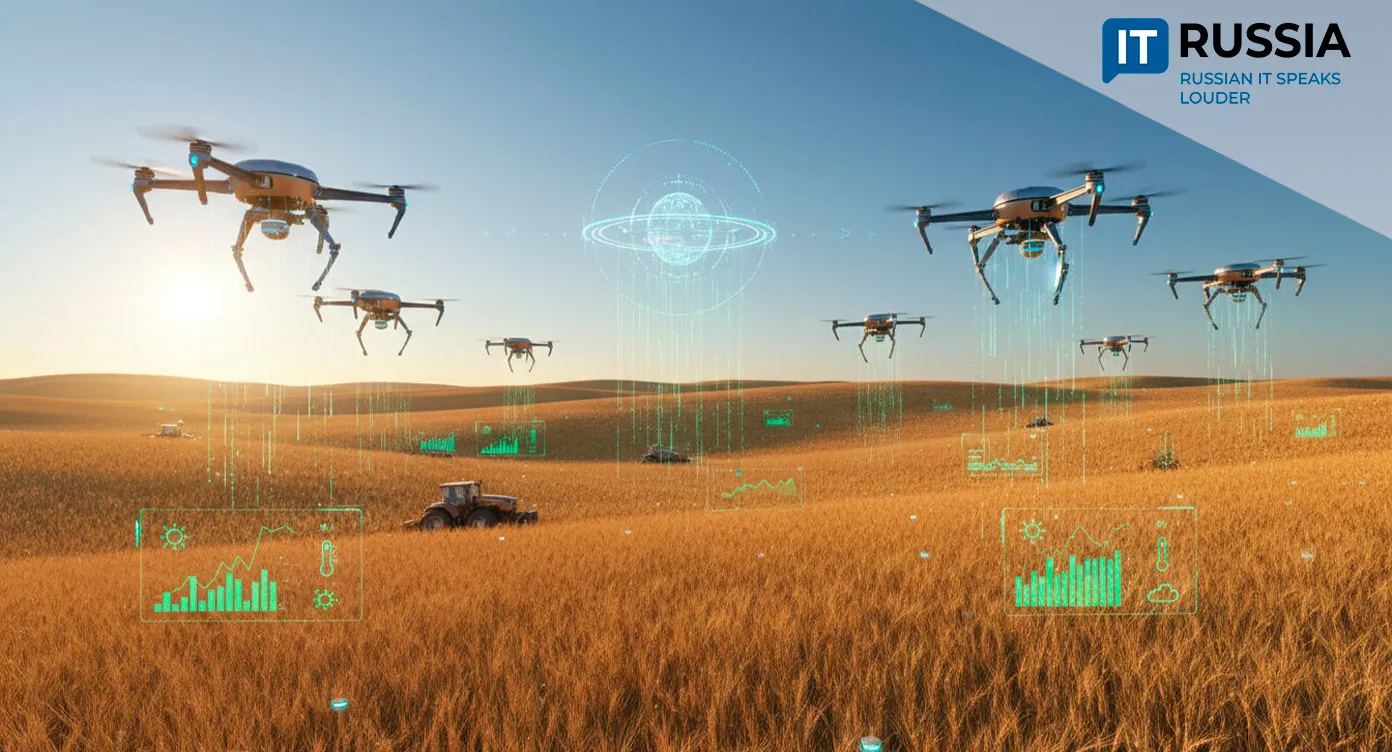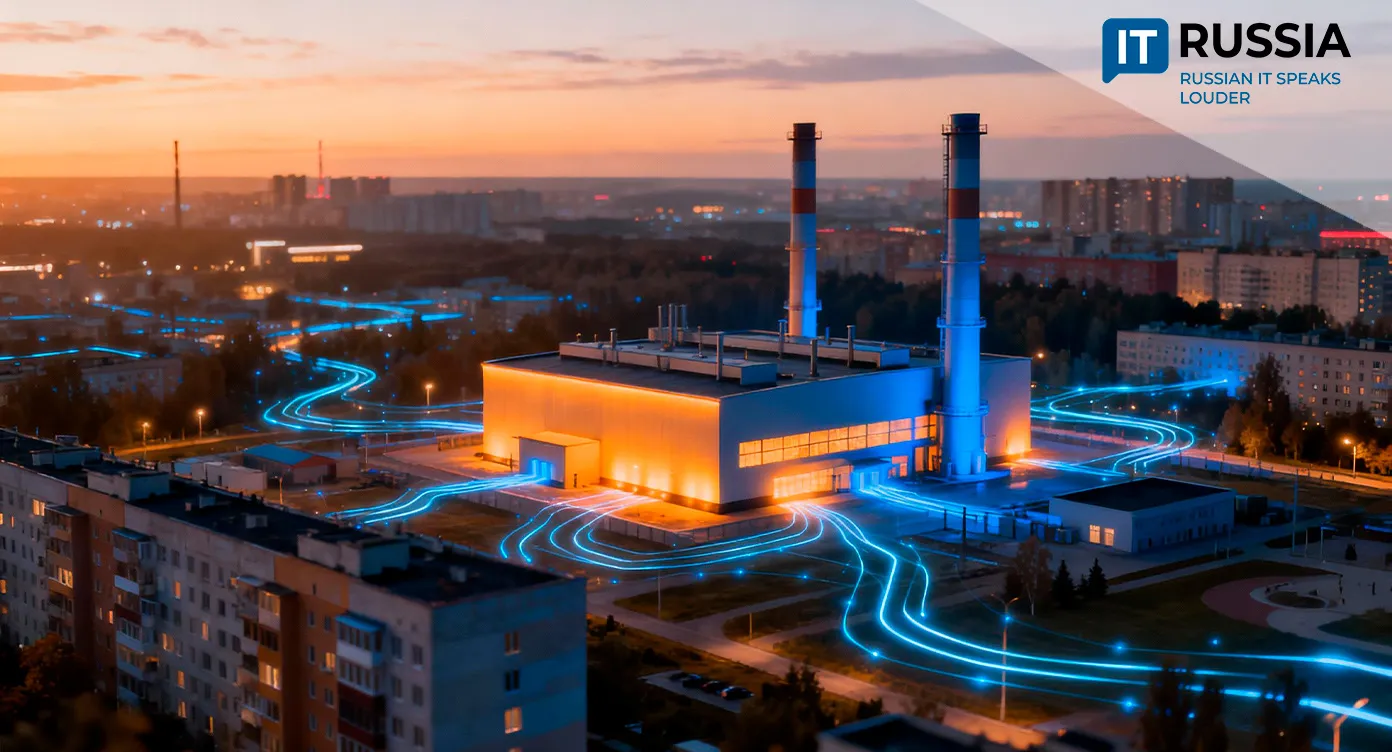Cyber Sentinel of the Forests: How Russia’s Digital Guardian Protects Woodlands from Fires

In Russia’s forest heartlands, cutting-edge digital systems are replacing human lookouts. Artificial intelligence and drones now safeguard woods once vulnerable to devastating fires.
In the Silence of Ancient Pines
Scorching noon, the air alive with the whine of mosquitoes. An observation tower looms in the shimmering haze above the forest. Up there, the sun feels nearer, its rays baking the iron cabin. Hard to believe, but inside—there is a man! Drenched in sweat, eyes weary, like a seasoned sailor accustomed to the swaying of the sea, he peers over the vast green mass, gripping a fogged pair of binoculars. If he spots smoke, he will measure its direction with an azimuth circle and call it in by phone. At the dispatch center, they will contact another tower, where the same calculation will be made. And where the two lines from the towers intersect, there lies the approximate point of ignition. The margin of error—five degrees at best. The human eye, after all, can only see so far.
Such was the forest watch in Russia until quite recently. A duty demanding the strength of a bear, training, and endless composure. But everything has changed with the arrival of Russian IT innovations. And how exactly? Let us set out on a journey deep into the woods and see for ourselves.
We head to the small, cozy town of Morshansk in the Tambov region, some 260 miles southeast of Moscow. To the north, the town is surrounded by forest; to the south, it is dominated by a massive Orthodox cathedral, its most striking landmark. Forests cover just 11% of the region, concentrated here. They are not harvested commercially, but instead serve vital protective functions.
Back in 2010, prolonged drought brought catastrophic wildfires that consumed whole neighborhoods. Fire, in fact, has always been the first enemy here. In 1875, a blaze nearly wiped Morshansk off the map, forcing the town to be rebuilt from scratch. Today, the story is different: for eight years, not a single major fire has been allowed to take hold in these woods.
The Watcher That Sees Everything
We are greeted by Vladimir Lyutikov, director of the local forestry enterprise. He explains that Morshansk foresters were the first in the region to recruit a digital assistant for fire prevention. For the past three years, they have relied on the Russian remote video monitoring system called “Lesokhranitel,” or Forest Guardian. Observation towers have been retrofitted with lightning protection and the necessary safety equipment.

Accompanied by fire station chief Vyacheslav Raldugin, we walk to one of these towers. Its steel frame rises skyward like the skeleton of some long-extinct giant. The structure is both imposing and sturdy, designed to last decades. The door is locked—after all, no human guard sits inside anymore. Only artificial intelligence watches from above, and it never comes down for lunch.
The steps are steep, and you begin to grasp how hard it must have been for those who once climbed here day after day. The pine crowns seem so close you feel you could brush them with your hand. And if you turn the other way, a view of Morshansk unfolds—its low houses and the cathedral drifting above them in the heat, like a white elephant in a golden helm.
At the top, a small cabin offers sweeping views. But the real guardian is a sleek, dark camera fixed at the summit. It rotates 360 degrees, tirelessly scanning every patch of sky and treeline.
Alliance of Humans and Neural Networks
Back on the ground, we head into the dispatch center. On duty today is veteran forester Vladimir Komarov. He once worked atop the towers himself and recalls the grueling shifts vividly. Now, seated in an air-conditioned room, he monitors live camera feeds—not only from the tower we visited, but also from outposts in the settlement of Vyazhli, 12 miles away, and from neighboring forest stations Vernadsky and Serpovsky. In total, over 320,000 acres of woodland in northern Tambov are under surveillance.
The AI doesn’t wait for Komarov to notice a wisp of smoke. The neural network automatically flags anything resembling haze. On his screen, a red box highlights a suspicious fragment, accompanied by an exclamation mark. With a click, Komarov zooms in: the camera offers 30x optical magnification and a viewing radius of 22 miles, sharp enough to distinguish individual trees.
The Aerial Lookout
Recently, Forest Guardian gained a flying companion: the Geoscan 801 drone, a modern Russian-made system that replaced an imported quadcopter.
The drone can stay airborne for 20 minutes per battery, with four batteries supplied—enough for over an hour of operation. In major fires, it flies to assess fire spread direction. Equipped with a thermal imager, it can even detect underground smoldering fires.
Foresters store the drone in a rugged case and can launch it in minutes. Recent test flights left them impressed. Its purchase was financed through Russia’s new national project “Ecological Wellbeing,” which equips regional forestry units with advanced digital tools.

Packed with advanced sensors and smart features, the Geoscan 801 isn’t exactly a budget purchase. But in Russia, the decision to modernize forestry with such tools is being driven at the national level. The Morshansk team received their drone through Ecological Wellbeing, a new state project designed to fund digital technologies that strengthen environmental protection.
Morshansk’s cyber sentinel and its aerial ally are part of a broader trend. Across Russia, such systems are in demand. Statistics from the developer, domestic firm Formoza-Soft, show hundreds of cameras installed: 157 in Tver, 134 in Moscow, 115 in Nizhny Novgorod, and 170 in Krasnoyarsk. The company also provides technical support for both hardware and AI software. Local foresters confirm they are satisfied with the partnership.
A Living History of the Forest
Our story of Morshansk’s woods would be incomplete without a historical note. On the road to the neighboring Penza region, travelers encounter a gazebo maintained by the forestry service. Beyond it rise massive pines so thick that even adults cannot wrap their arms around them. These trees are living monuments, planted more than 170 years ago by Count Pavel Kiselyov, a statesman who was the first in Russia to argue for artificial forest planting and protection. Tambov province became one of the earliest to adopt this practice.
Today, local schoolchildren help care for this historic woodland. They note its vitality, hearing the wind in its crowns as if the trees were whispering stories of the past. Thanks to AI and human vigilance, every tree in this centuries-old forest is now shielded from the threat of fire.









































